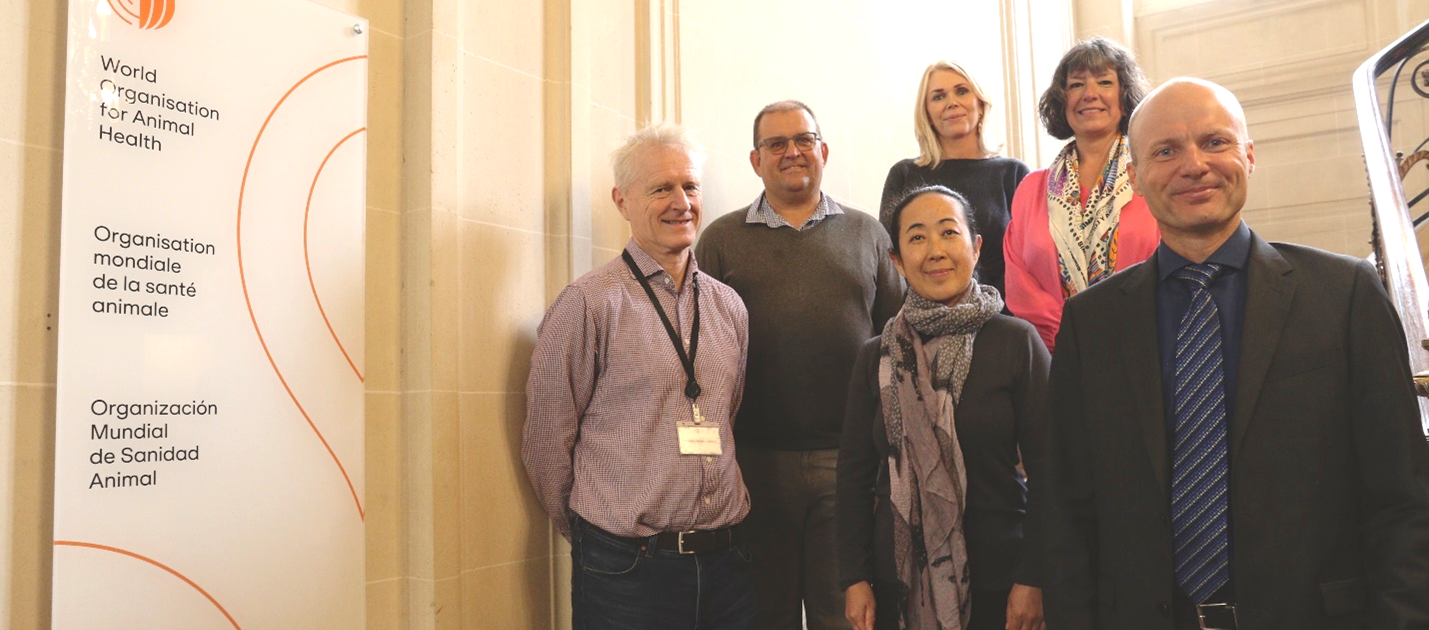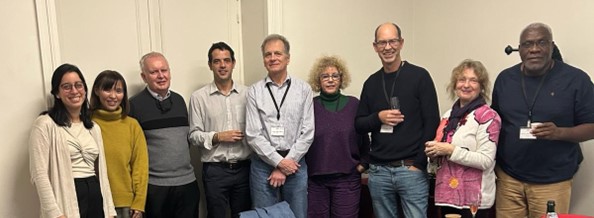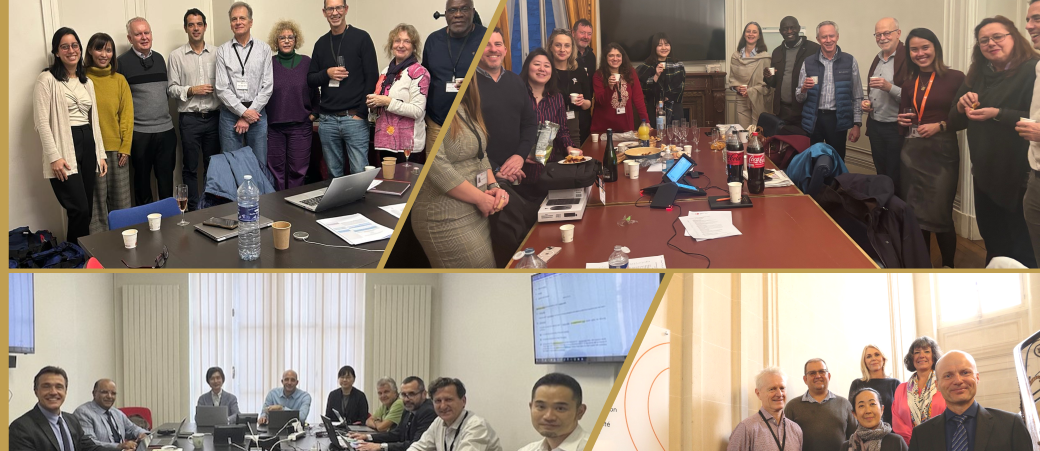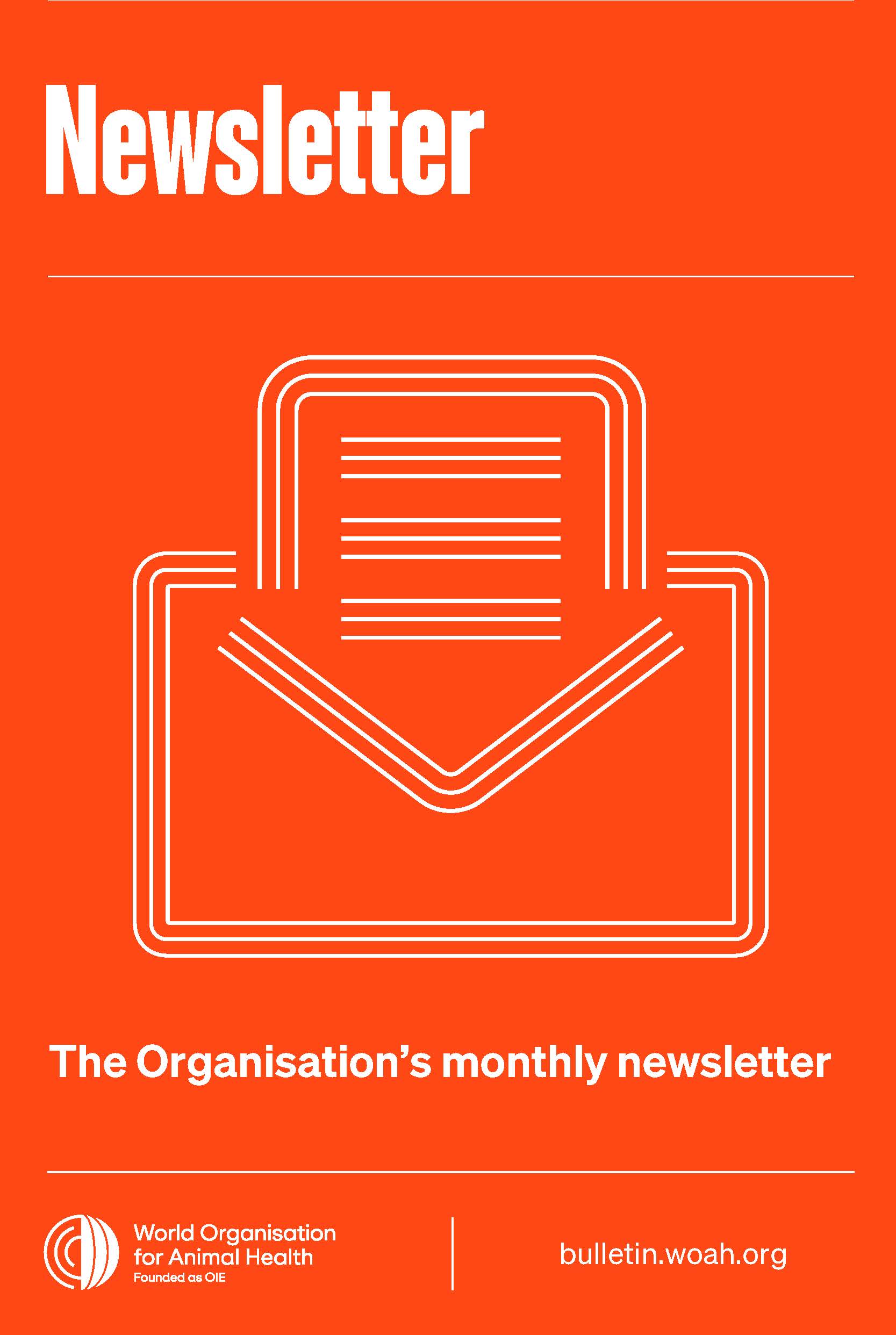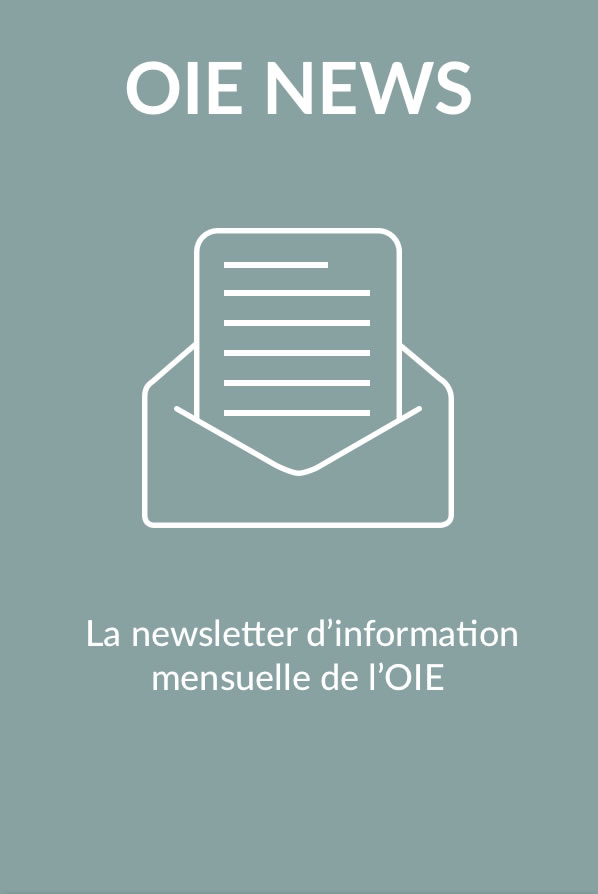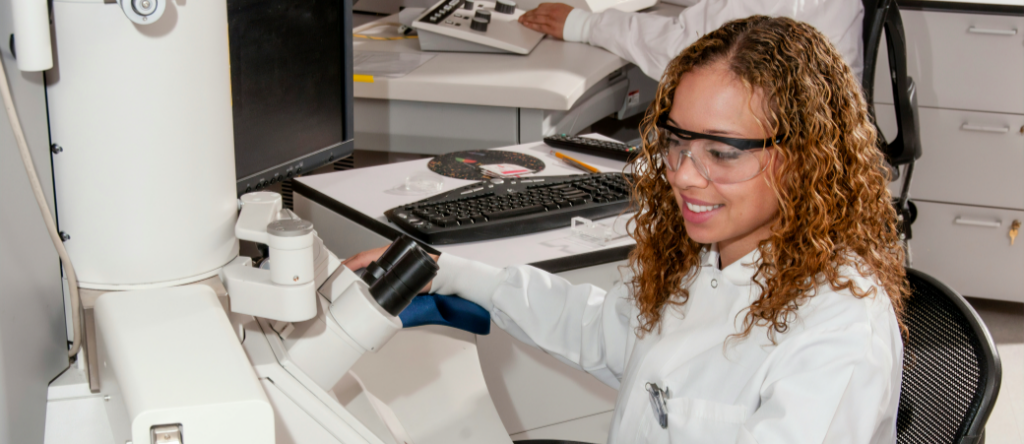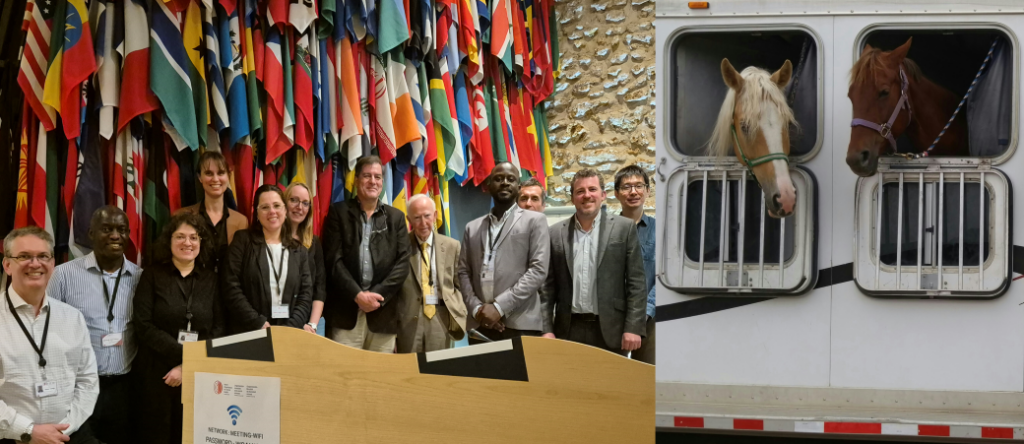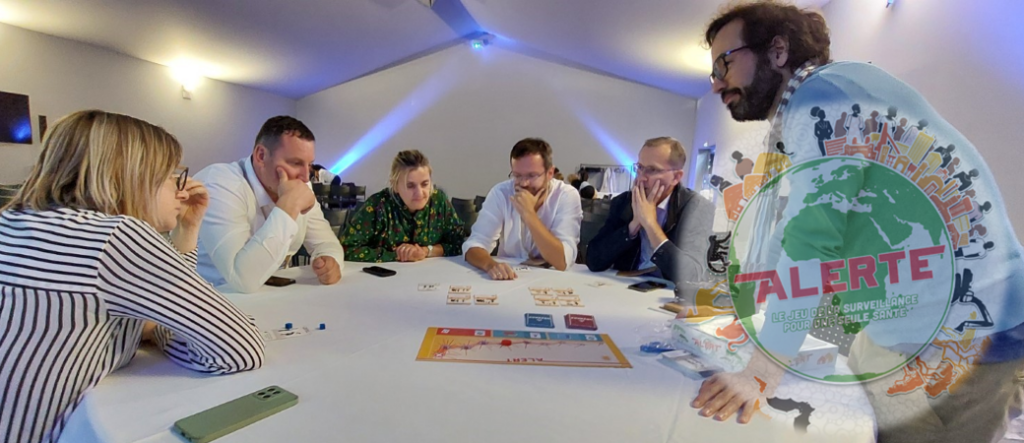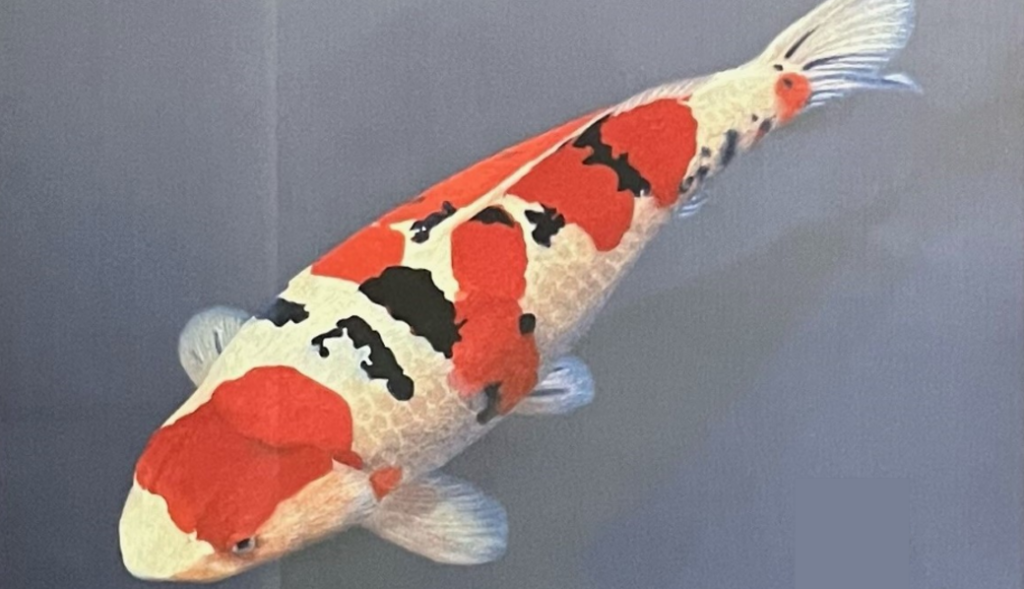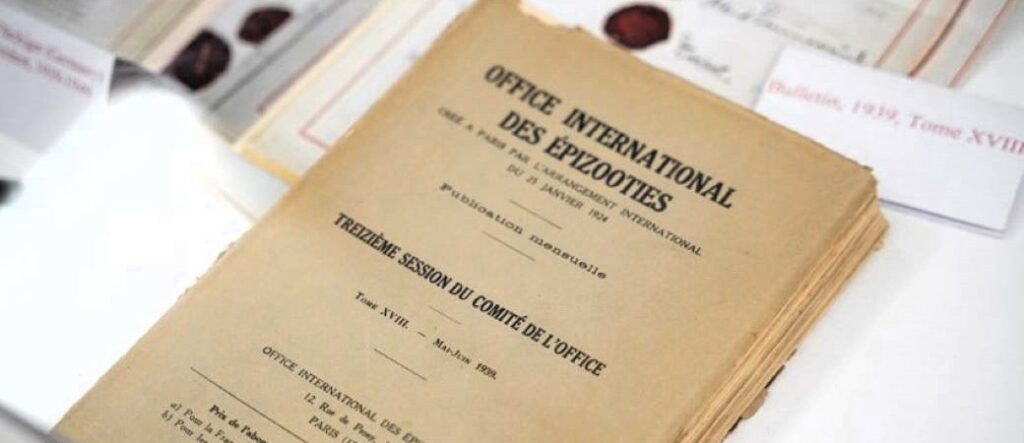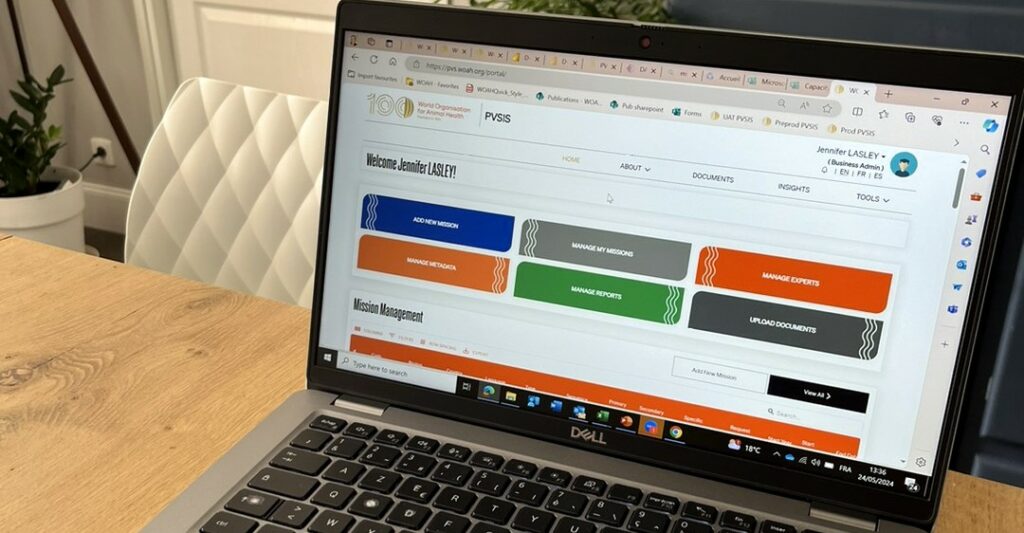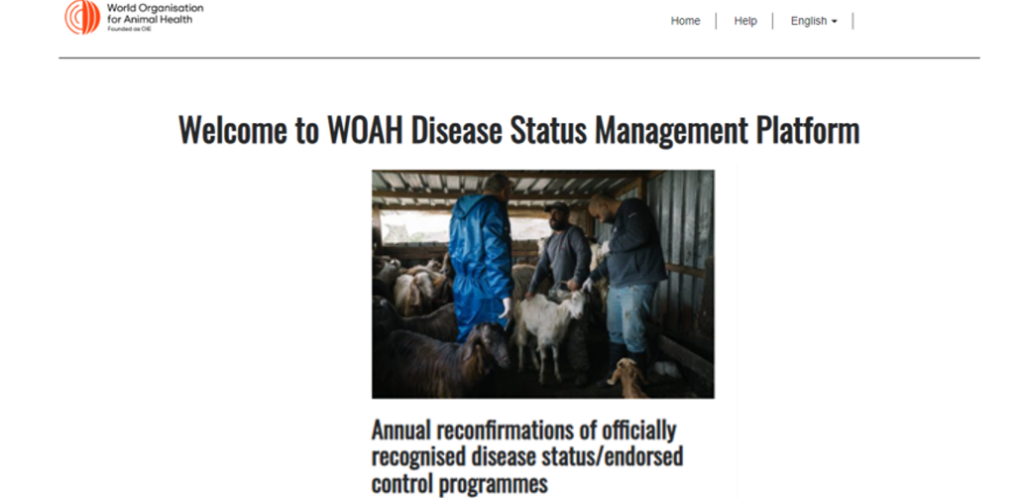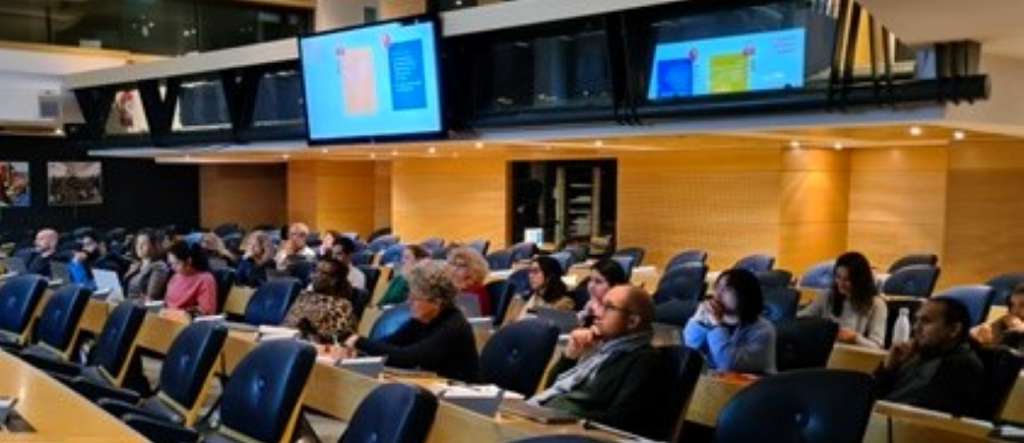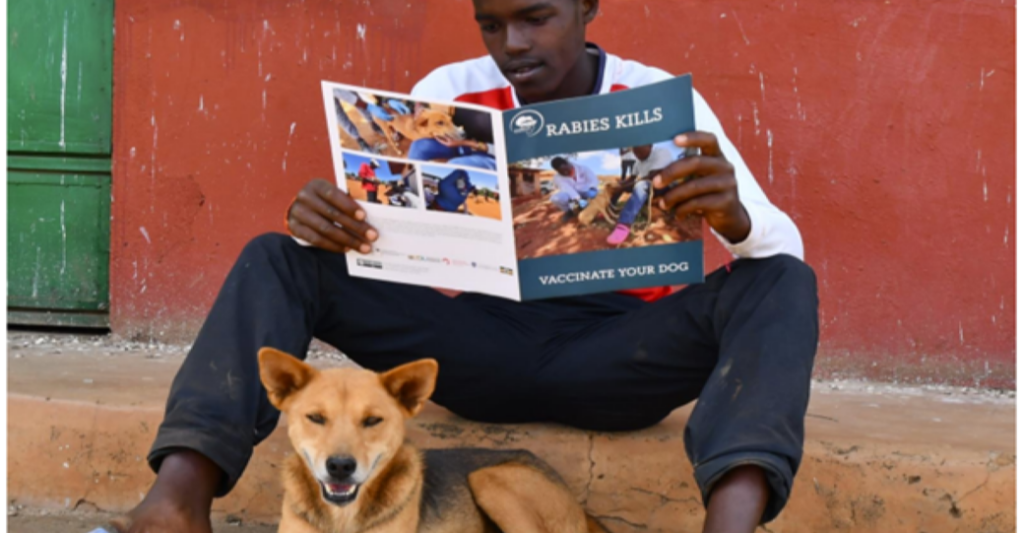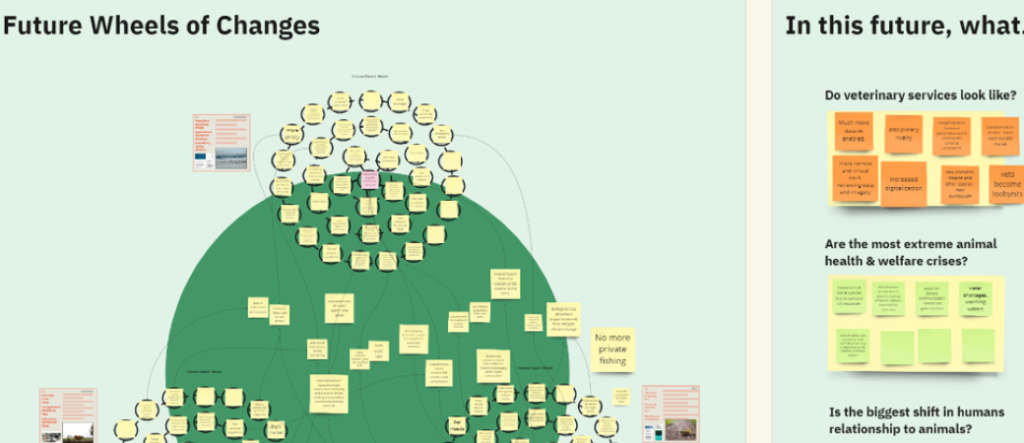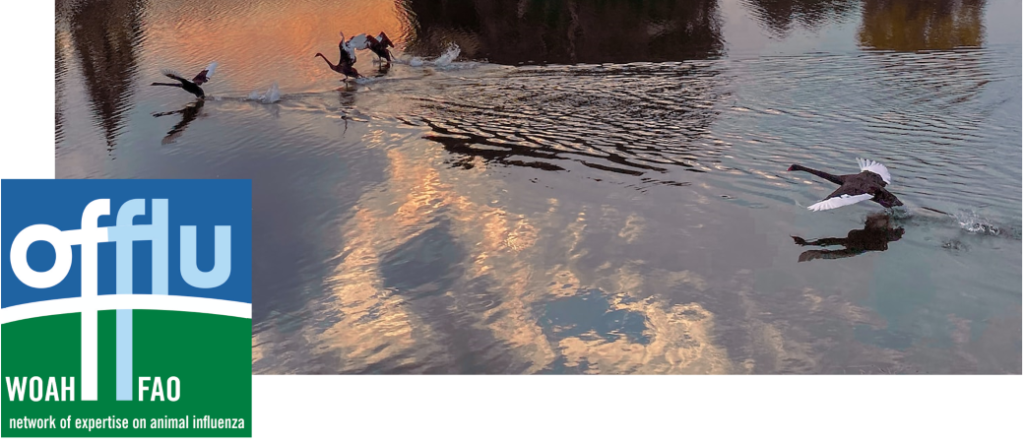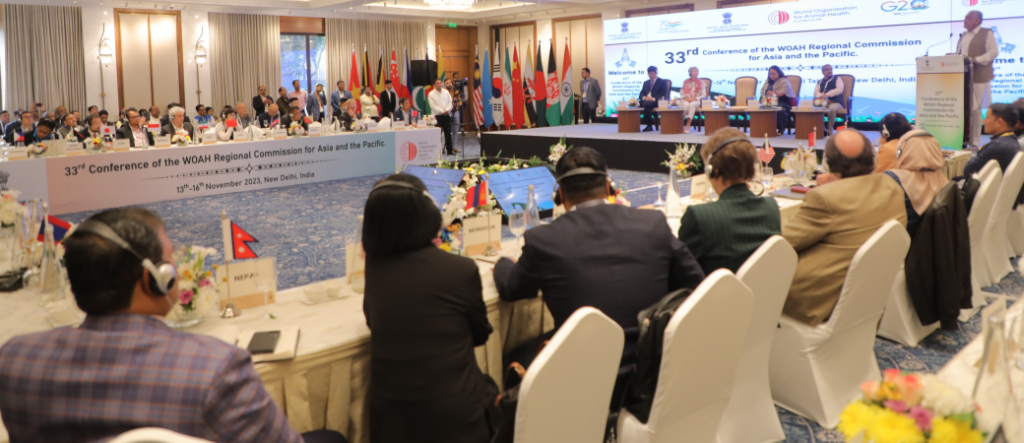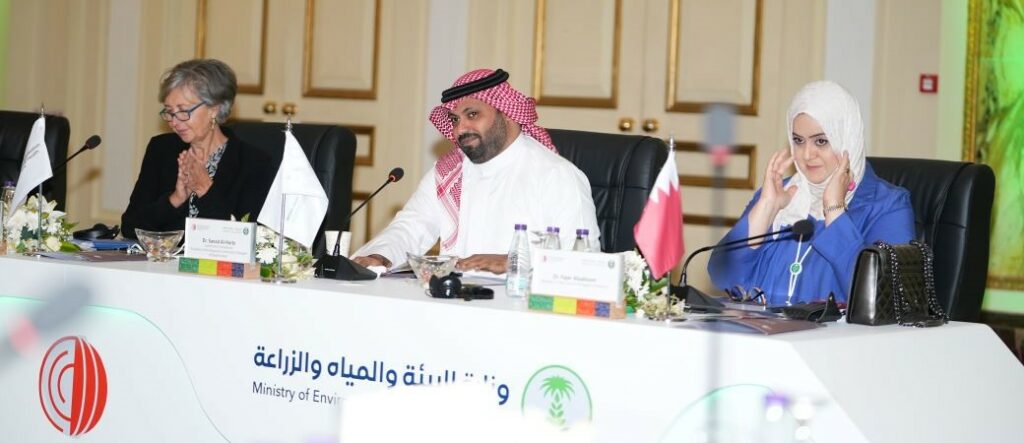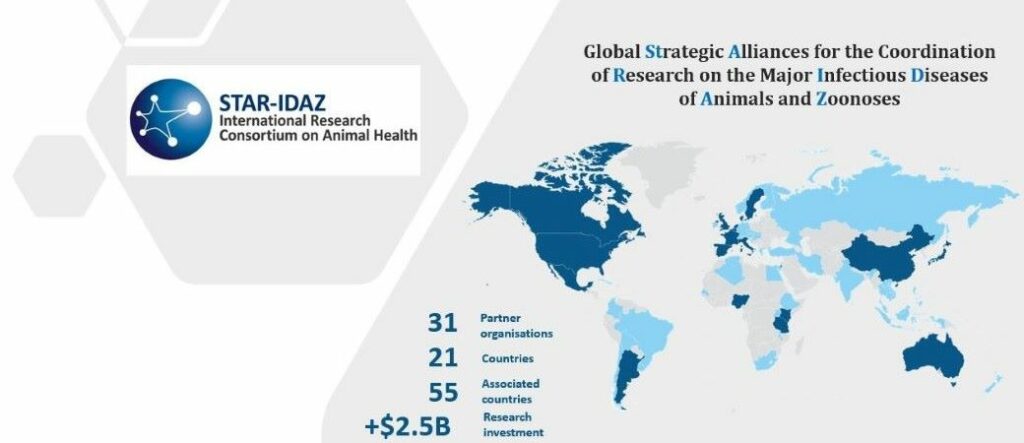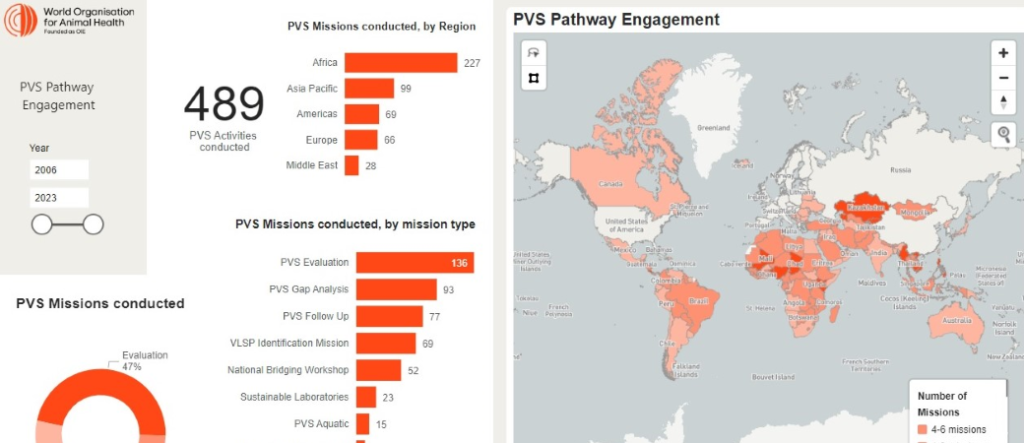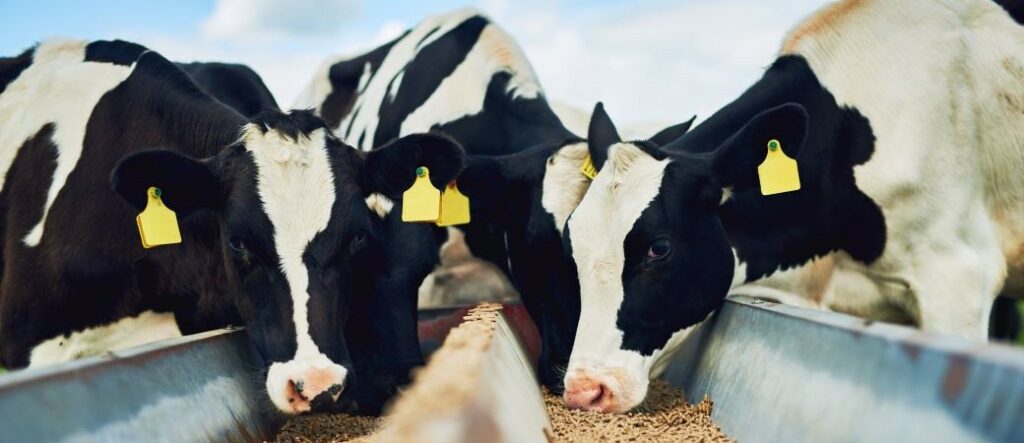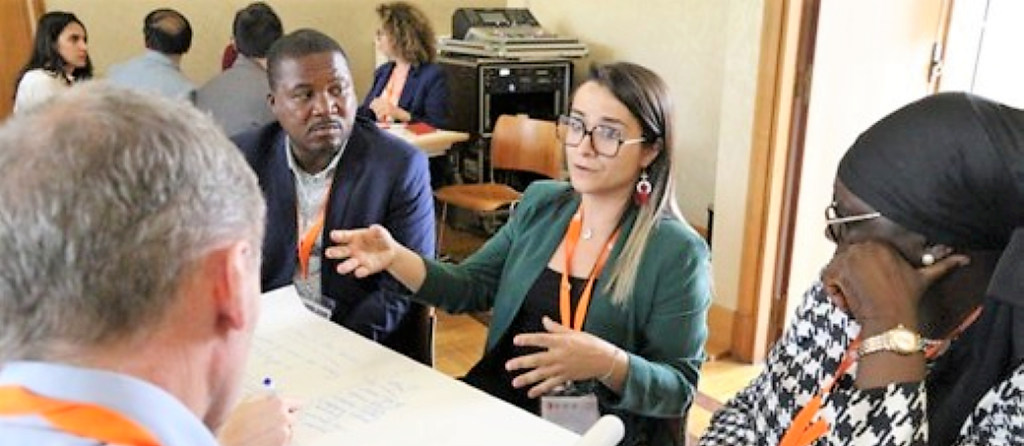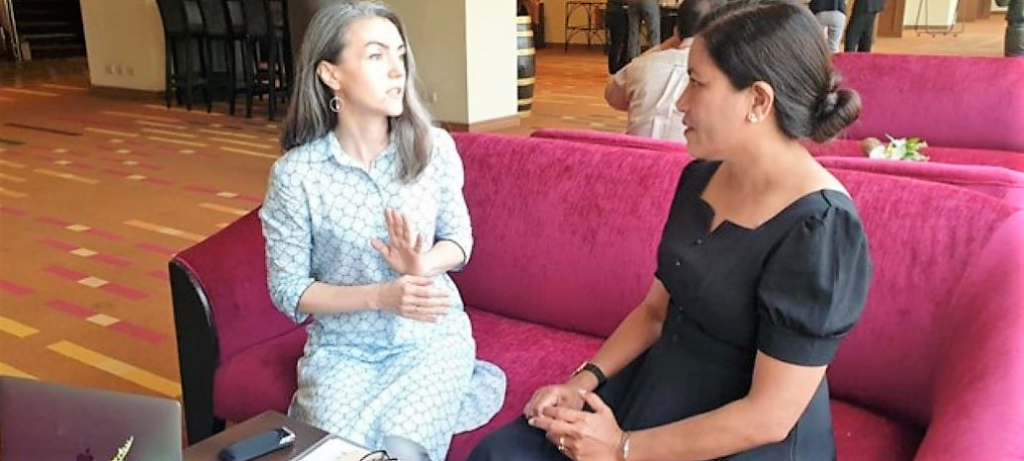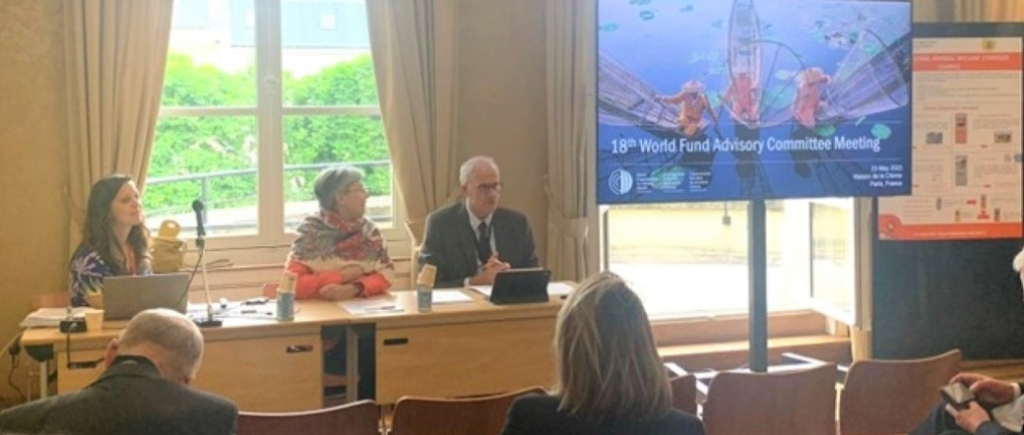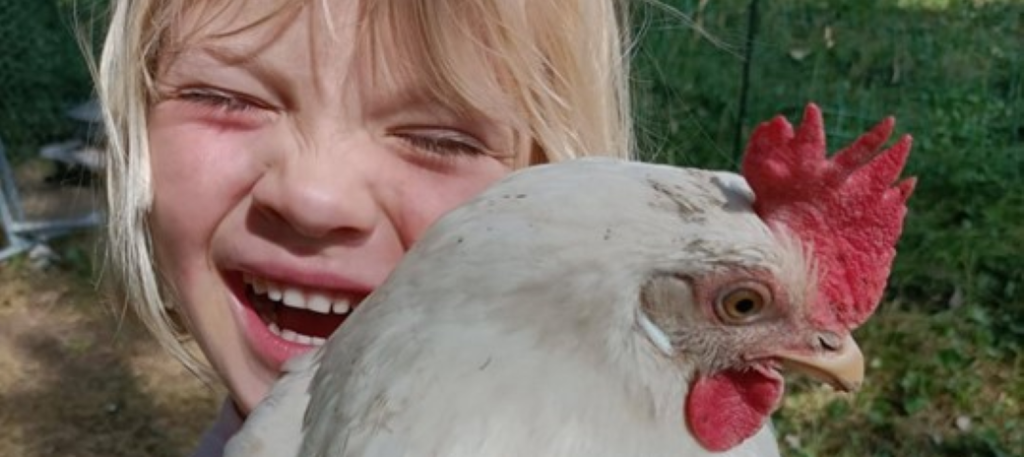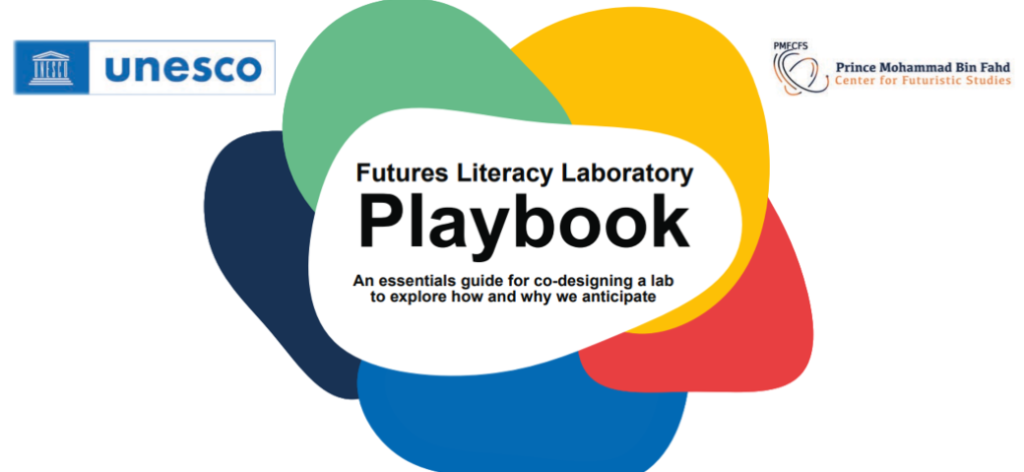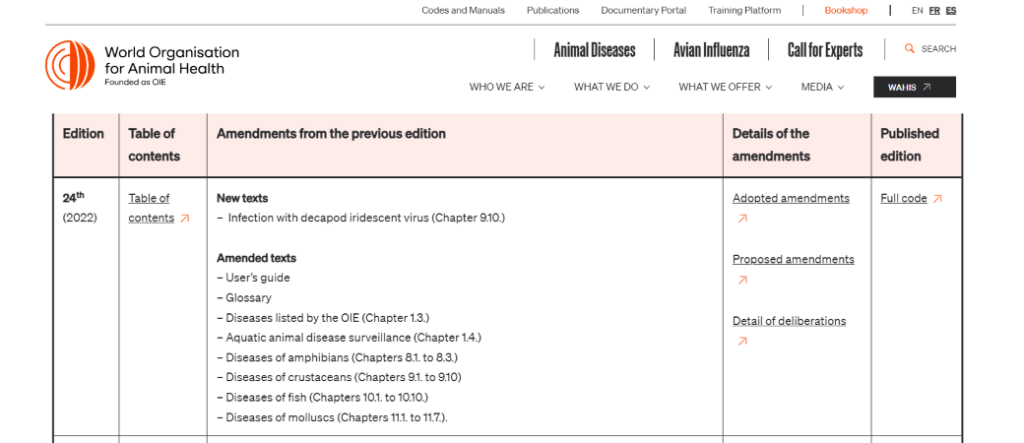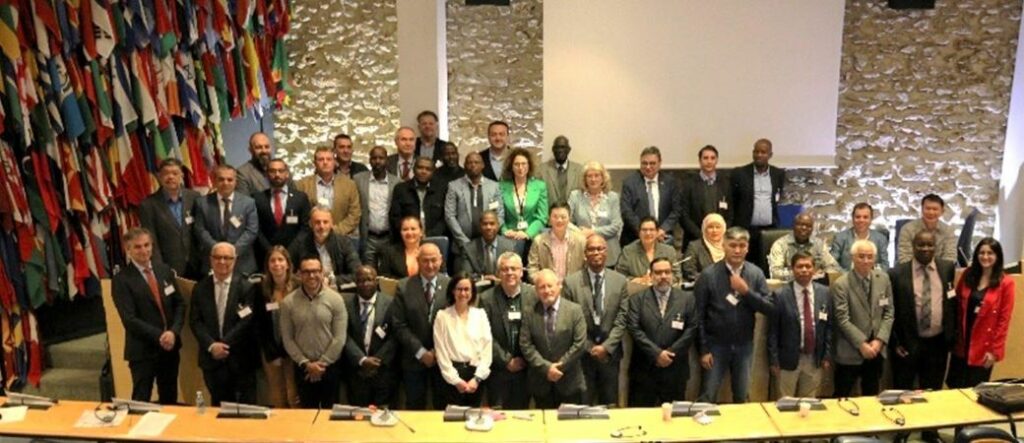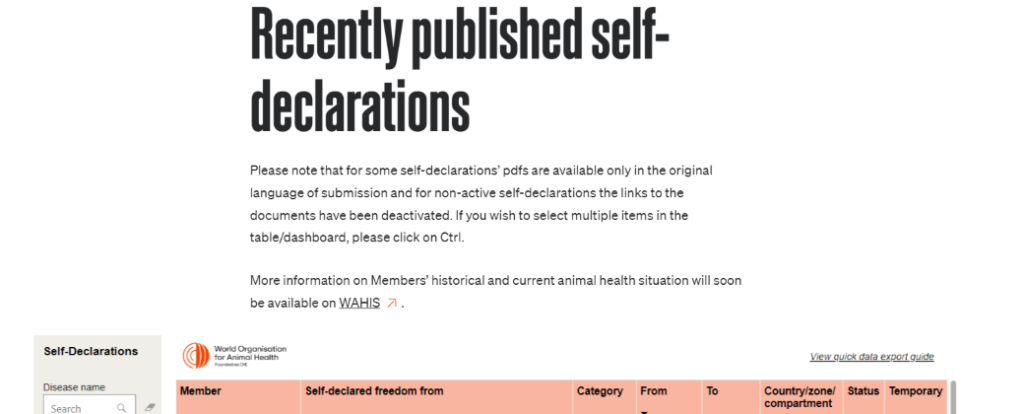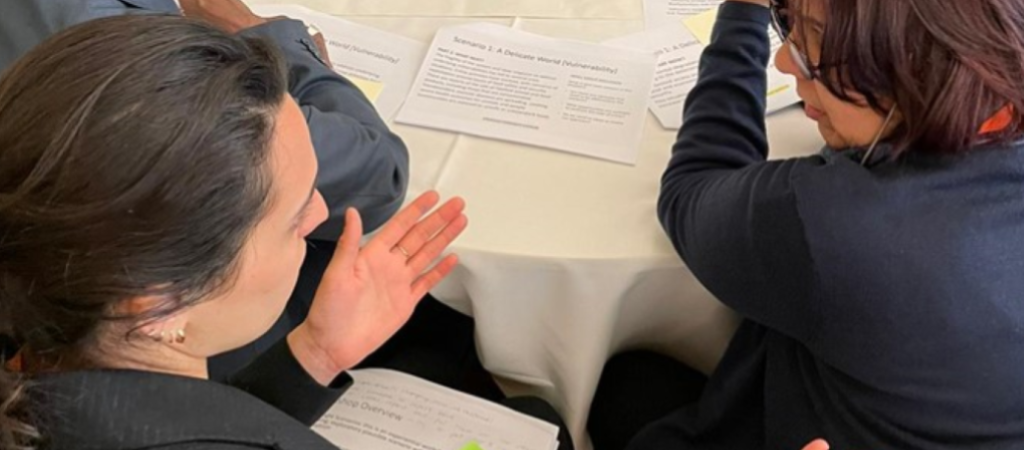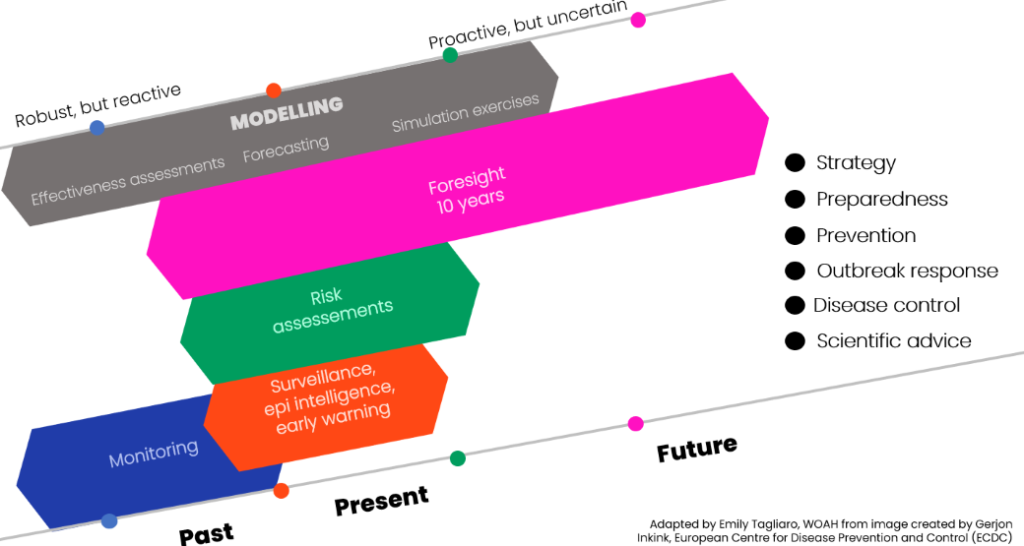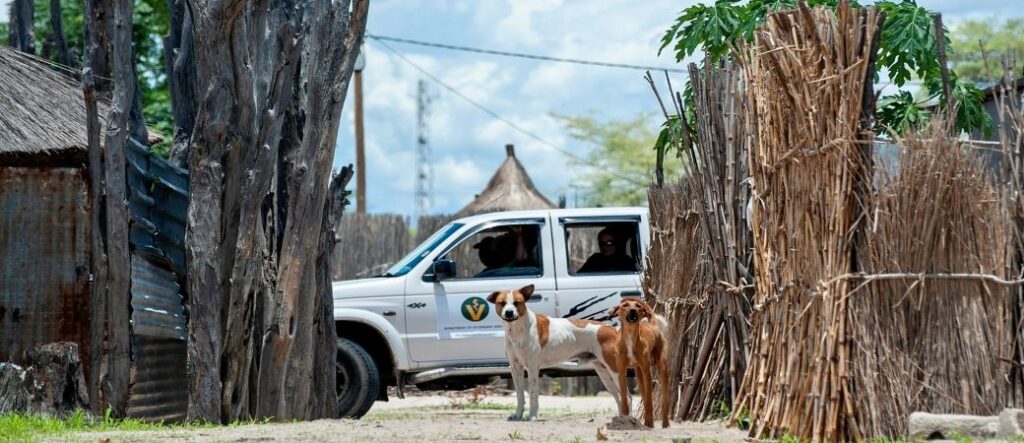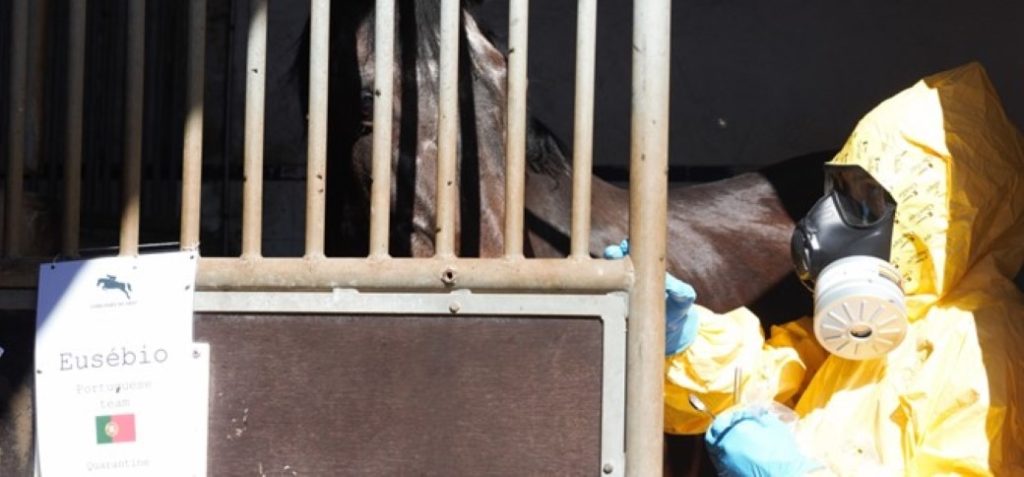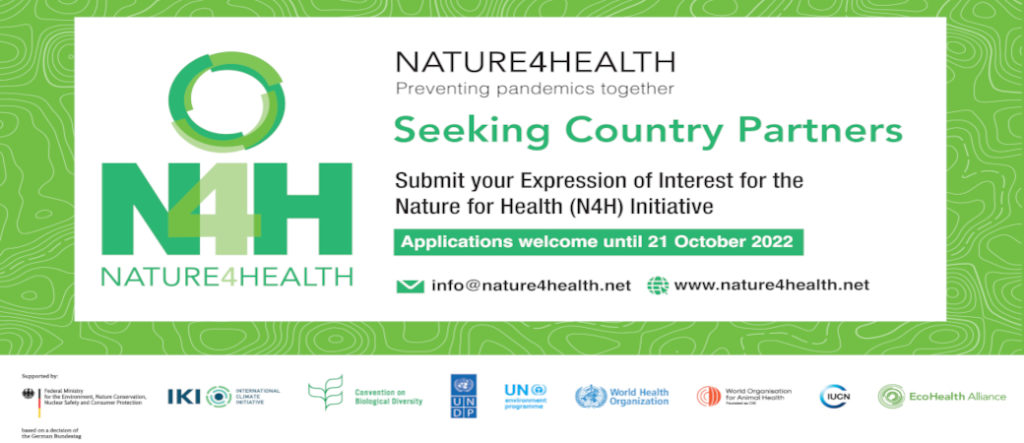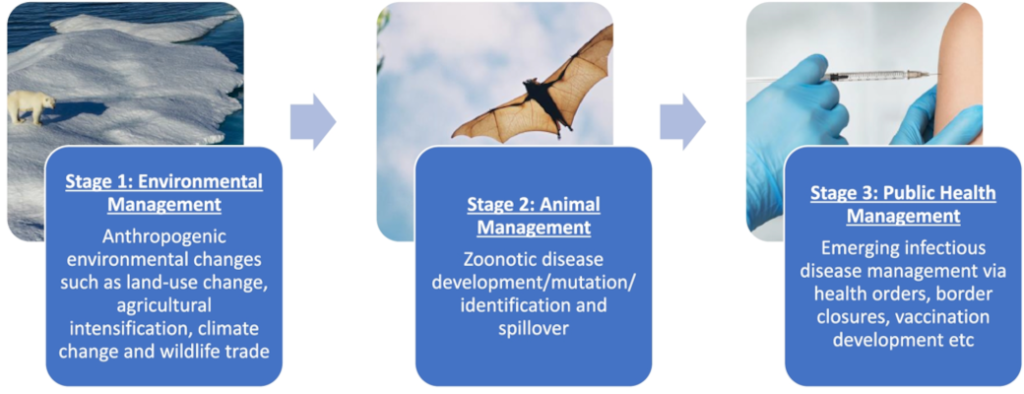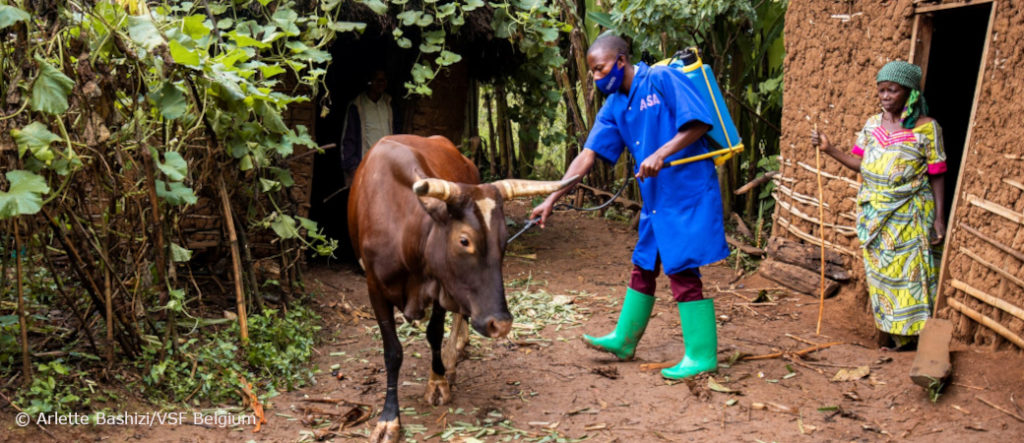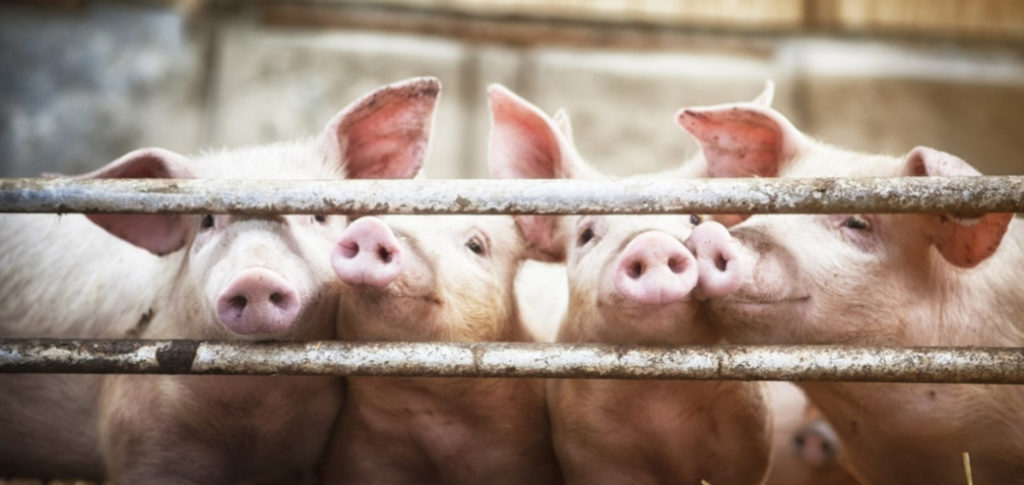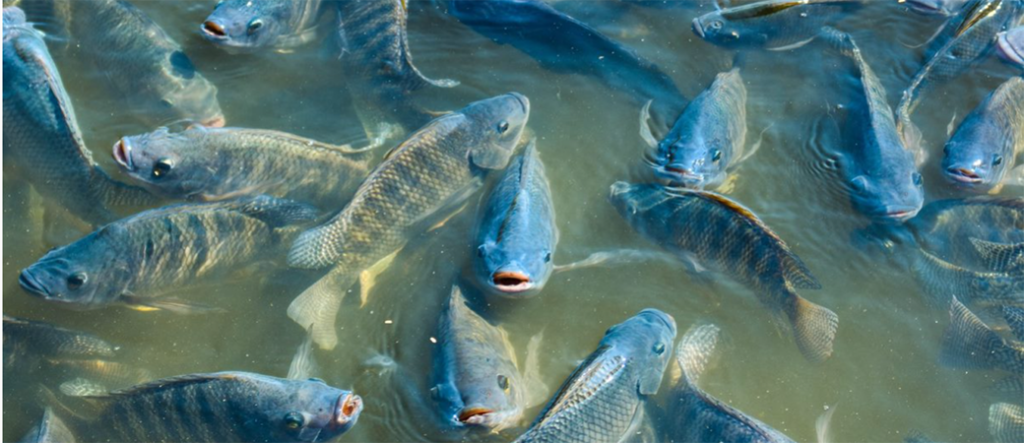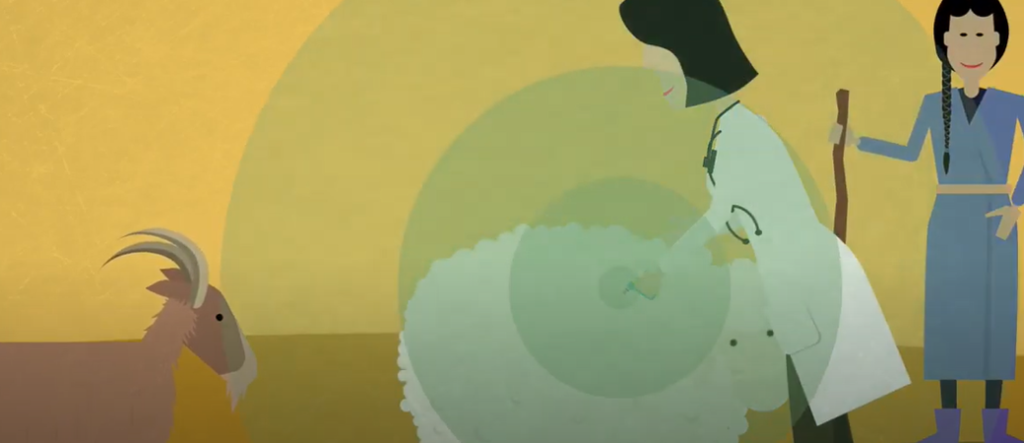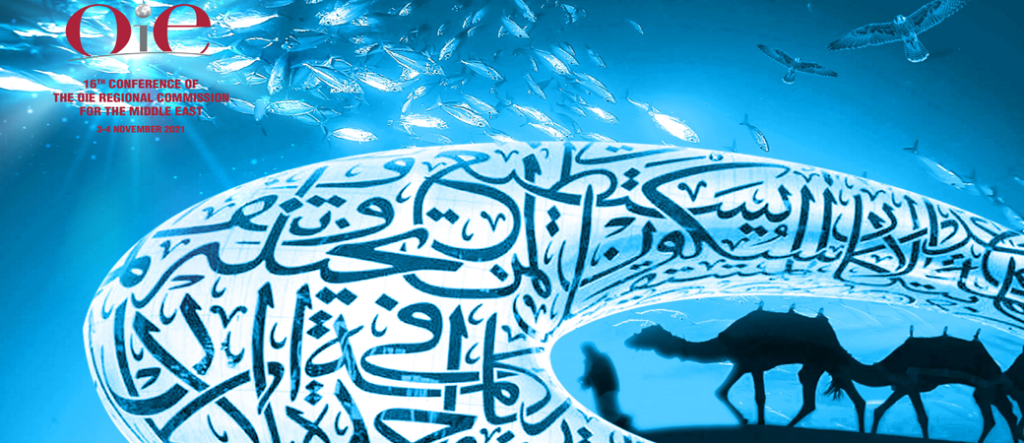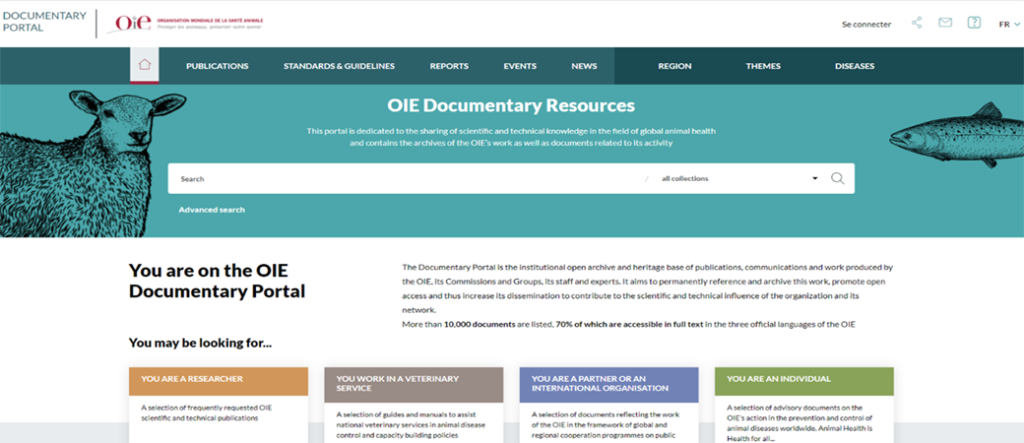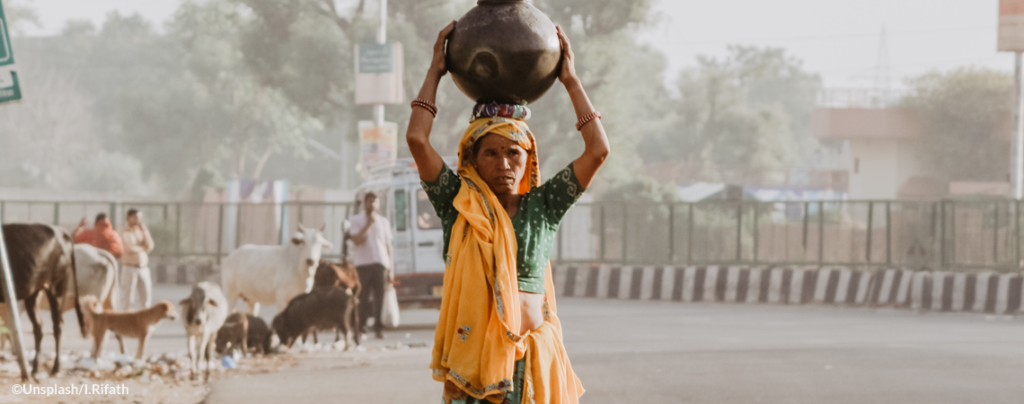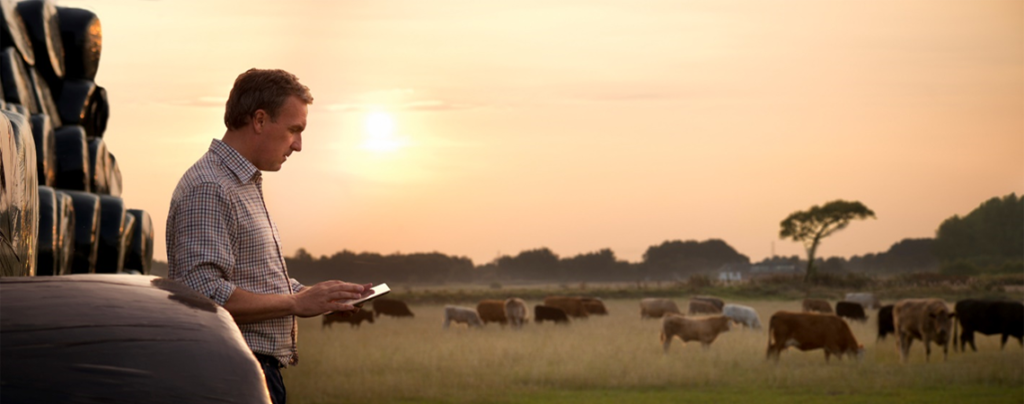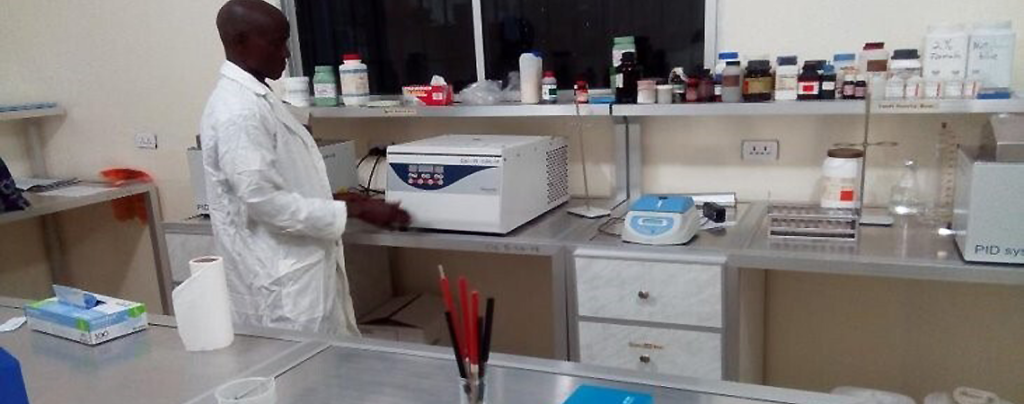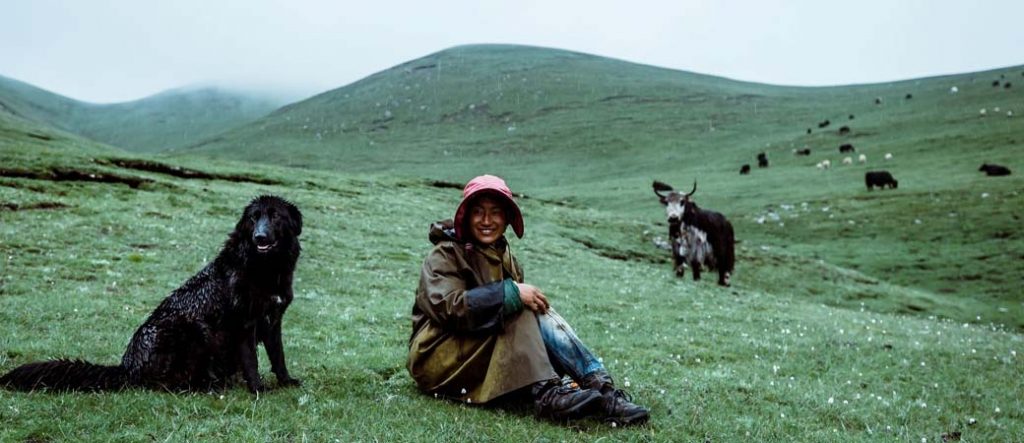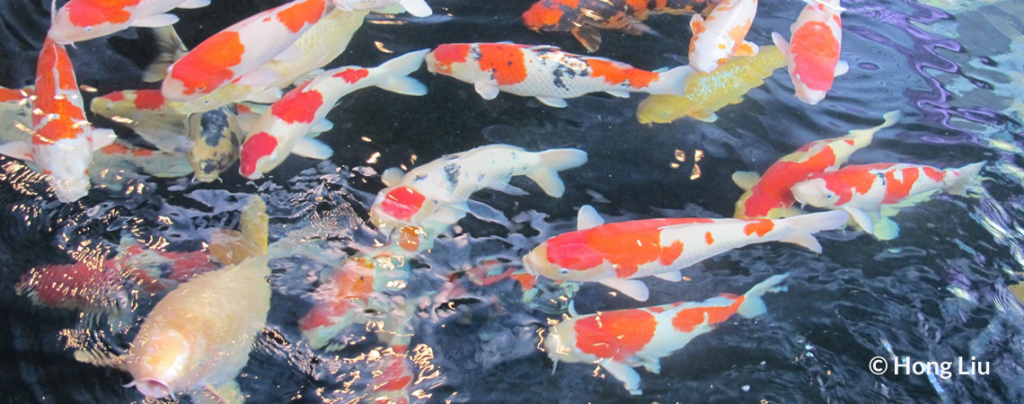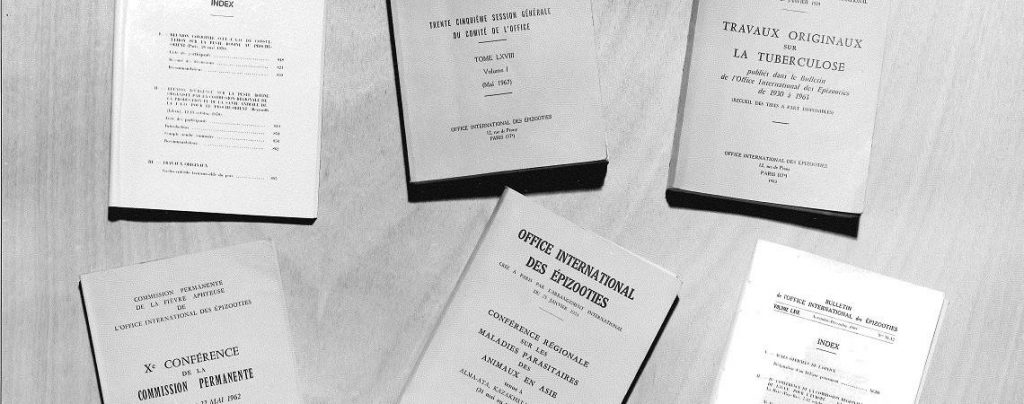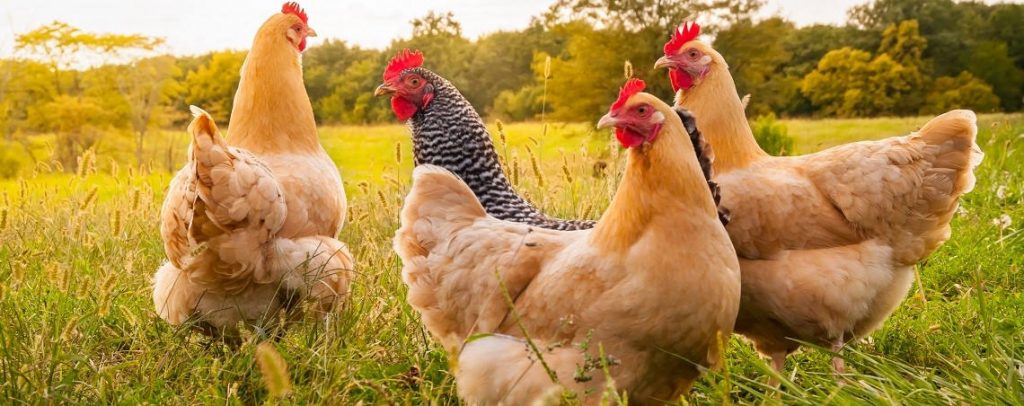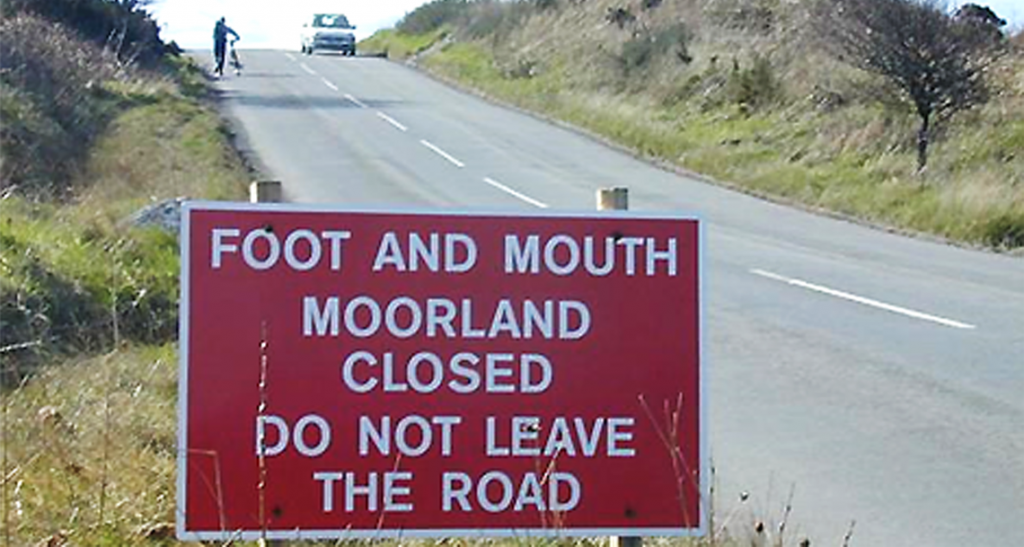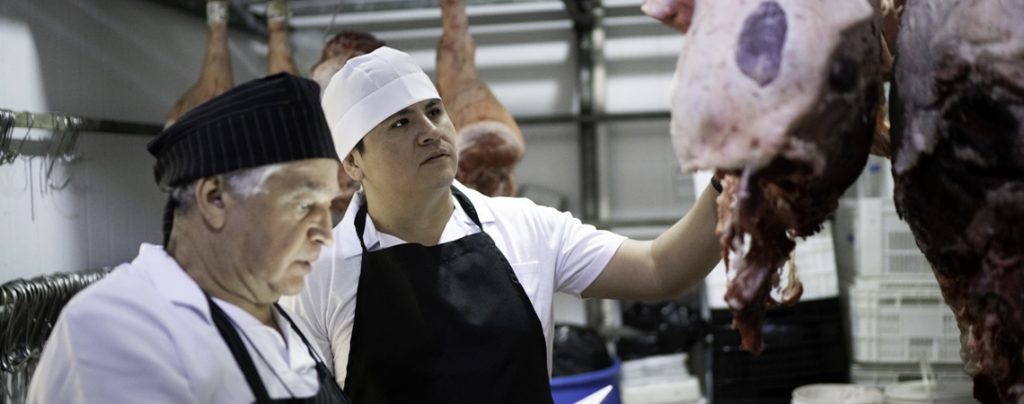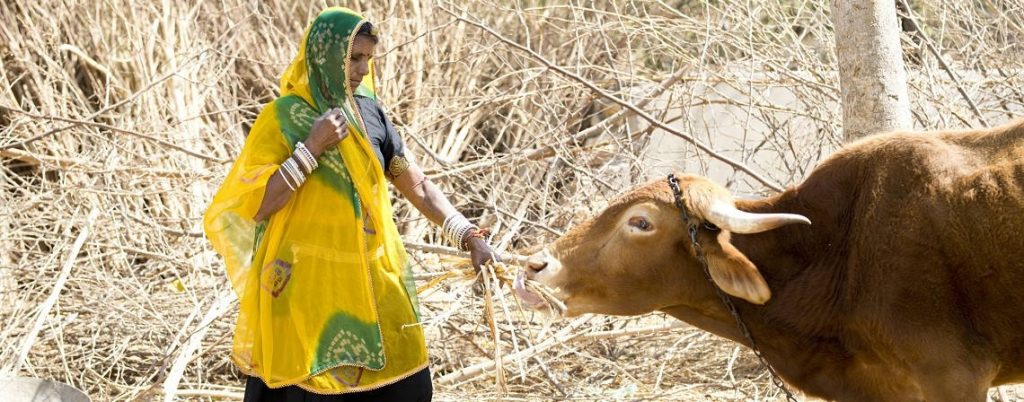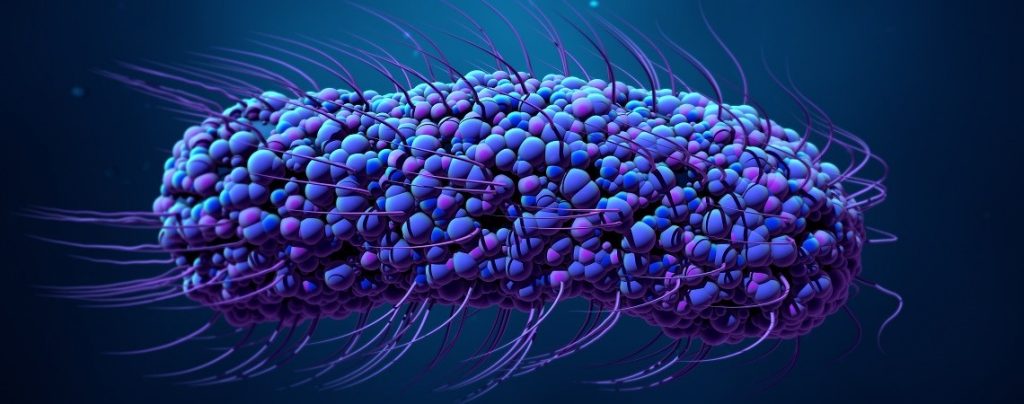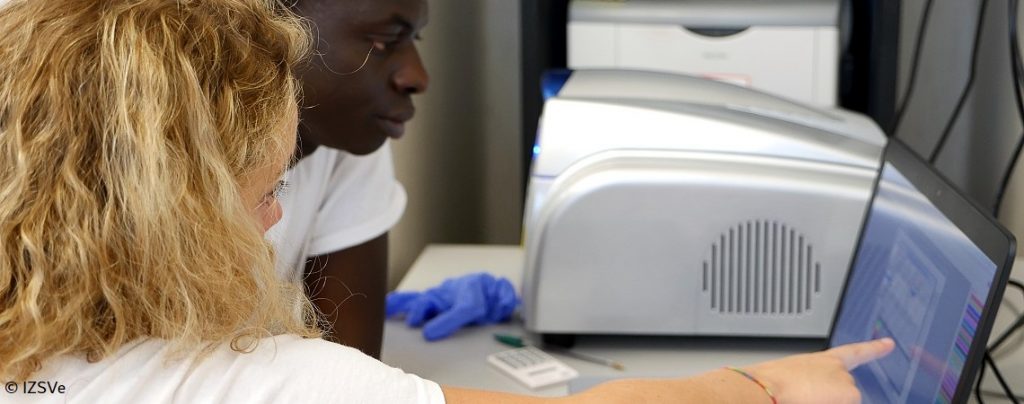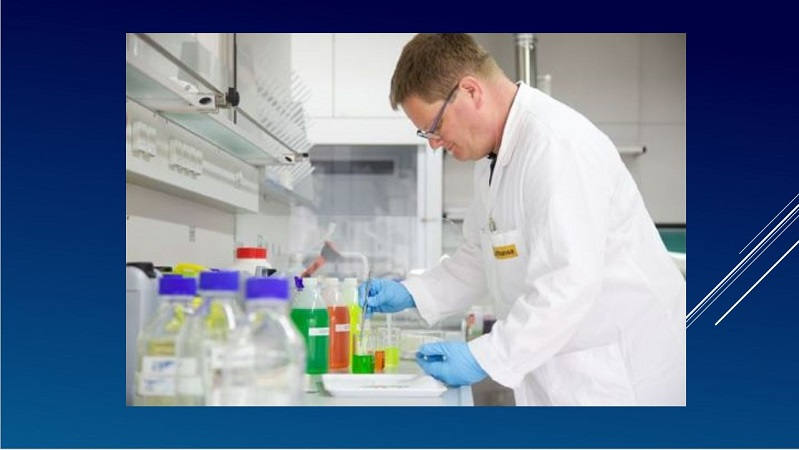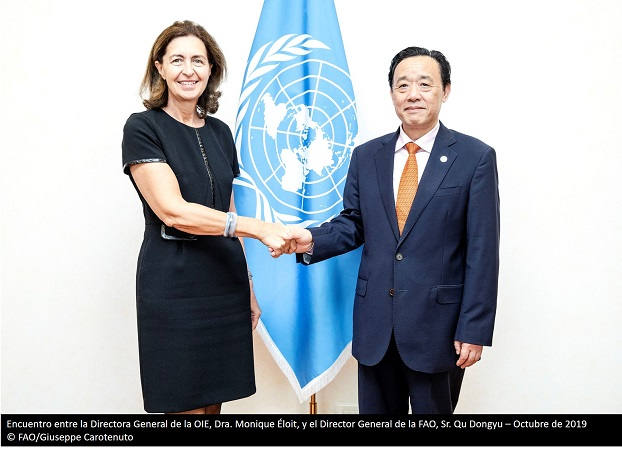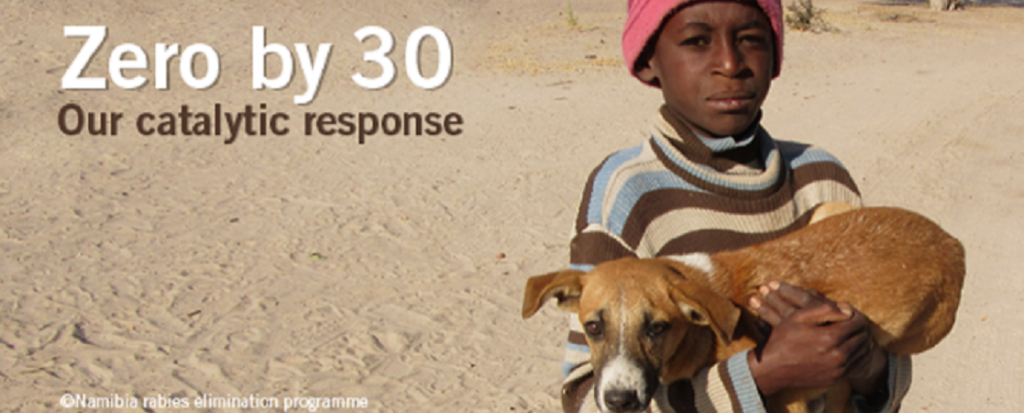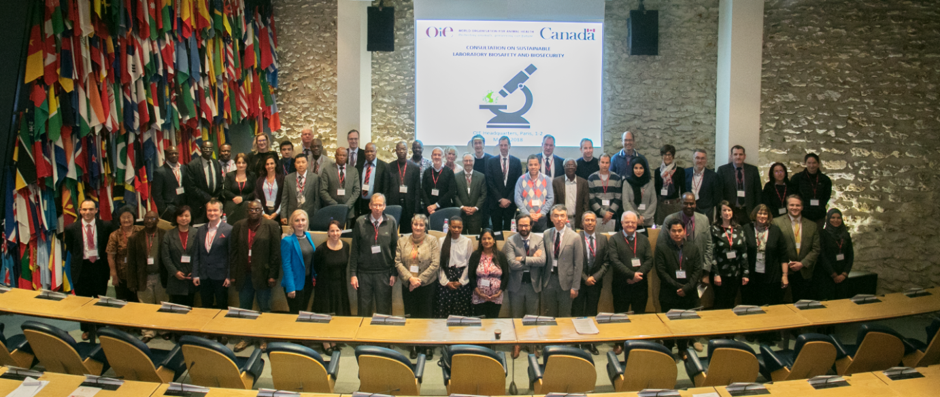INFORMACIÓN CONTINUA Publicado en 2024-04-18 16:09:08
On WOAH's Specialist Commissions
Palabras clave
Final Meetings and Fond Farewell
May 2024 marks the end of the three-year term of the current Specialist Commissions (2021–2024). The election of members for the Commissions’ next term (2024–2027) will be held at the 91st General Session.
Dr Monique Eloit, WOAH Director General, expresses her sincere thanks to all members of the four Commissions for their dedication to this work and wishes to acknowledge the many outputs from each Commission due to the hard work of its members and Secretariats. She also thanks those Commission members who represented WOAH at various conferences and meetings during this term.
Below are highlights of some of the key outputs for each Commission during this term.
Aquatic Animal Health Standards Commission (AAHSC)
In 2022 and 2023, forty-two revised chapters in the Aquatic Code were adopted, including:
- Chapter 1.4. ‘Aquatic Animal Health Surveillance’;
- Articles X.X.3. for the crustacean and fish disease-specific chapters to specify the minimum time/temperature treatments for the inactivation of specific pathogenic agent;
- Updated list of susceptible species in Article X.X.2. of disease-specific chapters for fish, molluscs and crustaceans based on assessments against the criteria in Chapter 1.5. ‘Criteria for listing species as susceptible to infection with a specific pathogen’.
In 2022 and 2023, a new listed disease, ‘Infection with tilapia lake virus’, and two new chapters, 10.11. ‘Infection with tilapia lake virus’ and Chapter 9.3. ‘Infection with decapod iridescent virus 1’, were adopted.
In 2022 and 2023, seventeen disease-specific chapters in the Aquatic Manual were adopted following comprehensive revisions using the new disease-specific chapter template.
One new Reference Laboratory for infection with decapod iridescent virus 1 and a Collaborating Centre for Antimicrobial stewardship in aquaculture were adopted. The Commission also contributed to the updated list of main focus areas and specialities for WOAH Collaborating Centres that had been proposed by the Biological Standards Commission and the annual report templates for Reference Centre activities.
The AAHSC also invested a significant amount of work in the development of four new chapters on emergency disease preparedness, disease outbreak management, movement of ornamental aquatic animals and trade in genetic material, as well as the revision of the zoning and compartmentalisation chapters. The next Commission will continue this work.
Terrestrial Animal Health Standards Commission (TAHSC)
In 2022 and 2023, twenty-four revised chapters and three revised glossary definitions in the Terrestrial Code were adopted, including:
- Chapter 1.8. ‘Application for official recognition by WOAH of risk status for bovine spongiform encephalopathy’ and Chapter 11.4. ‘Bovine spongiform encephalopathy’;
- Chapter 8.14. ‘Infection with rabies virus’;
- Chapter 8.16. ‘Infection with rinderpest virus’;
- Chapter 11.10. ‘Infection with Theileria annulata, orientalis and T. parva’;
- Chapters 12.2. ‘Contagious equine metritis’, 12.6. ‘Infection with equine influenza virus’ and 12.7. ‘Equine piroplasmosis’.
In 2022 and 2023, two new chapters, 16.1. ‘Infection with Middle East respiratory syndrome coronavirus’ and 8.11. ‘Infection with Leishmania spp.’, as well as four new glossary definitions in the Terrestrial Code were adopted.
The TAHSC also invested a lot of time and effort to standardise content of the Terrestrial Code and processes for revising content, e.g. a framework for developing chapters and a Standard Operating Procedure for defining safe commodities in the Terrestrial Code.
The TAHSC also made significant progress with the comprehensive revision of key chapters in Sections 4 and 5, which will be ongoing work for the next Commission.
Biological Standards Commission
In 2022 and 2023, thirty-one revised chapters in the Terrestrial Manual, along with four glossary terms, were adopted.
In 2022 and 2023, two new chapters, 3.1.13. ‘Mammalian tuberculosis (infection with Mycobacterium tuberculosis complex)’ and 3.8.13. ‘Theileriosis in sheep and goats (infection with Theileria lestoguardi, T. luwenshuni and T. uilenbergi)’, were adopted.
To implement the conclusions and recommendations from the Scientific and Technical Review issue on diagnostic test validation science, the Terrestrial Manual Chapter 1.1.6. ‘Validation of diagnostic assays for infectious diseases of terrestrial animals’ was extensively updated and adopted; the validation report form for tests recommended in the Terrestrial Manual was finalised; and the template for a new Terrestrial Manual section on the rationale behind the selection of tests included in Table 1. ‘Test methods available and their purpose’ was completed and is being implemented.
In 2022 and 2023, twelve Reference Laboratories and six Collaborating Centres were adopted. The Commission continued to implement the standard operating procedures (SOPs) for Reference Laboratories and Collaborating Centres through performance evaluation, completion of the mapping exercise for the existing Centres against the list of focus areas and specialties, and review of the 5-year work plans for Collaborating Centres. The SOPs for Reference Laboratories were updated to include provisions for suspending laboratories and for handling laboratories that temporarily have no designated expert. The annual report template used by the Reference Centres was revised to improve questions asked to receive clearer responses and improve the quality of the data collected.
Scientific Commission for Animal Disease (SCAD)
In parallel to the adoption of the revised BSE Chapters 1.8. and 11.4., the SCAD developed an impact assessment for Members having official status recognised by WOAH, as well as BSE surveillance guidelines to support Members with implementation of the revised standards.
Forty new applications for official recognition of disease status or endorsement of official control programmes were assessed. Each year the Commission assessed more than 380 annual reconfirmations for maintenance of official disease status and the endorsed official disease control programmes recognised by WOAH.
During this term, the Commission assessed nine terrestrial animal diseases against the criteria for listing. The Commission also assessed emerging diseases of terrestrial animals to facilitate notification by Members. In addition, significant progress was made in the case definition development for listed diseases, infections or infestations to enable consistency in Member notification. In total, 13 revised or new definitions were developed and endorsed, which were then considered by the TAHSC.
The Commission provided valuable guidance to the strategies for prevention and control of diseases with a global priority, including African swine fever, avian influenza, foot-and-mouth disease, rabies, peste des petits ruminants and zoonotic tuberculosis. The Commission also provided technical advice to the work of the Working Group of Wildlife and various ad hoc groups convened on terrestrial animal diseases.
WOAH also wishes to thank those Commission members who represented WOAH at various conferences and meetings.
Dr Eloit and Commission Secretariat staff sincerely thank all Commission members for their hard work and wish them well for the future, whether they are standing for re-election or stepping down.
